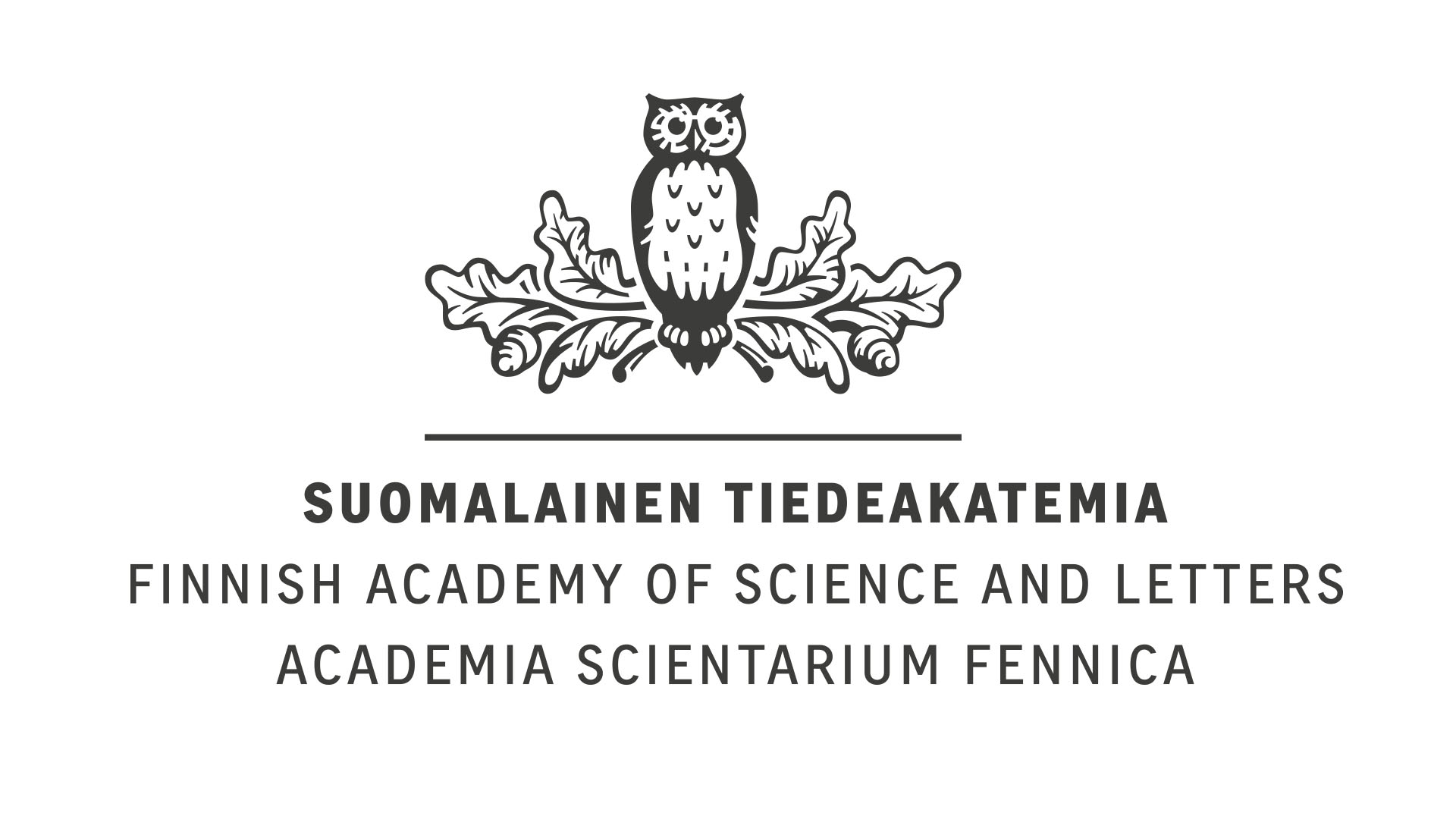Femtometreistä valovuosiin: neutronitähdet eksoottisen aineen laboratoriona
Abstrakti
The Standard Model of particle physics describes the basic properties and interactions of all known elementary particles at an astonishingly good level, and predictions derived from it have time and again been experimentally verified. One of its parts, namely the theory of the strong nuclear interaction, Quantum Chromodynamics (QCD), has however proven to be computationally extremely demanding. In particular, the properties of matter described by QCD are at the moment still largely unknown in the limit of high baryon density.
Very recently, the study of dense QCD matter has taken important steps forward owing largely to new observational data originating from a distant but very effective laboratory: neutron stars. The cores of these extremely compact stars contain the densest form of matter in our present-day Universe, and the properties of this matter are reflected on the measurable macroscopic properties of the stars themselves. In this review article, I will introduce this active field of research, placing particular emphasis on recent efforts to discover an entirely new phase of matter - cold and dense quark matter - inside the cores of the most massive neutron stars.






